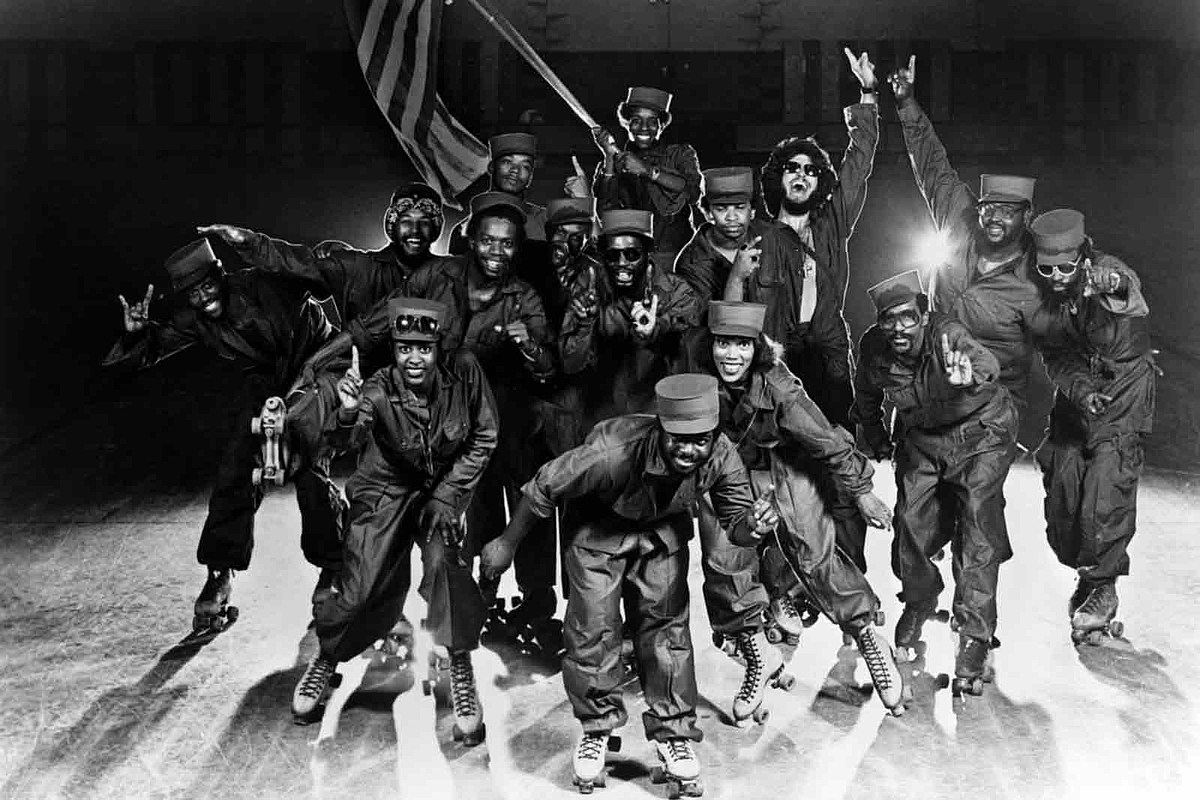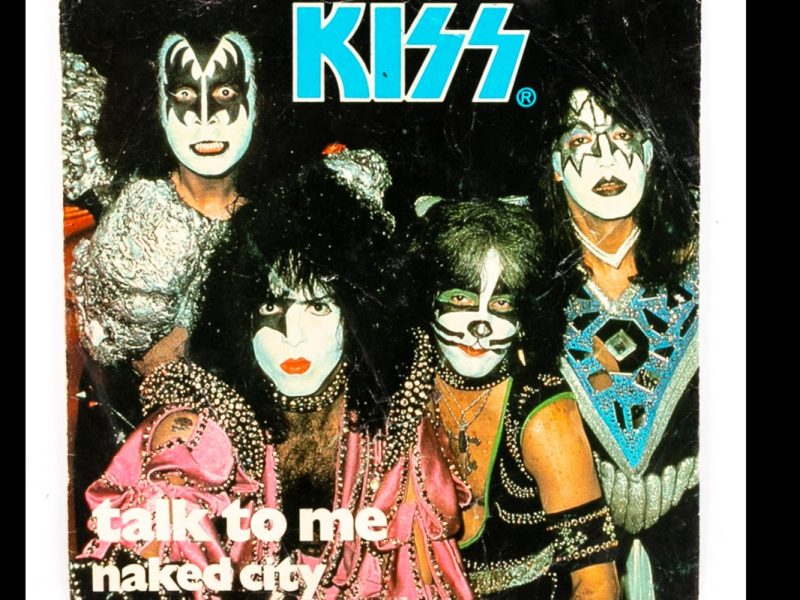One Nation Under a Groove is Funkadelic’s most successful album, and many consider it their best. But when George Clinton took the band on the road to promote the September 1978 release, he did it without any of the usual glamour and glitter associated with his shows.
Calling the run of shows the “Anti-Tour,” the road trip was originally so low-key that he made his way outside venues ahead of showtime, making a performance of shifting unsold tickets to passersby who didn’t recognize him in Army fatigues.
In his 2014 memoir Brothas Be, Yo Like George, Ain’t That Funkin’ Kinda Hard on You? Clinton recalled, “We had [recently] toured with the Mothership for two years, and we were exhilarated but also exhausted. … We had no big stage set, just stripped-down equipment. We weren’t playing huge venues, but rather smaller theaters. We even switched the bill around so we weren’t the headliners of our own tour; we were opening for the Brides of Funkenstein.”
READ MORE: How George Clinton Pulled Off Funkadelic’s Earth Tour
Several members of Funkadelic’s lineup were bemused by what they came to call “the chitlin circuit,” he explained. “Some of the new members made fun of the idea, though for the older musicians, it felt like a throwback. We had been there before, driving overnight between cities just so we could play a short set to promote ‘Testify.’ We emphasized the basic training feel by outfitting everyone in fatigues. It wasn’t exactly U.S. Army issue.”
Parliament’s Anti-Tour Was ”A Rebellion’
“In a way, it was a rebellion against what we had been told since the late ’60s, that the band needed a brightly-colored focal point to succeed,” Clinton noted in his book. “We were going back to democracy: That was the one nation.”
Listen to Funkadelic’s ’One Nation Under a Groove’
Clinton said it was “kind of a secret” that Funkadelic was on tour, “which meant that it was hard to fill venues. Sometimes I would go out into the street in front of the theater and pretend to sell the comp tickets: ‘Yo man,’ I’d say, ‘$5 for these? I’m just trying to get some dope.” People looked at me strangely, not sure what my game was. They would whisper, ‘Is that George Clinton?’ or ‘Is he crazy?’”
One Nation Under a Groove was a deliberate attempt to refocus Funkadelic, which Clinton felt was being overshadowed by the Parliament lineup and members’ side projects. The “most important arrival,” Clinton said, was Walter “Junie” Morrison, acting as musical director.
“In fact, you can hear his first day on the song ‘Doo-Doo Chasers’ – that’s him saying, ‘Which one is George Clinton?’ That was kind of a joke that was going around at the time because Bootsy [Collins] was such a public face and I was a little less recognizable out of character.”
Listen to Funkadelic’s ’Doo-Doo Chasers’
Calling Morrison a “fascinating person to work with,” Clinton reflected, “He could do it all, and if you weren’t careful, he would. … He could do brilliant things while you weren’t looking. But it also meant that the finished product, at least when he was off on his own, could sound a little characterless. Just because you can play all the instruments doesn’t mean that you should; you have to be mindful of which instruments sound like something special coming out of your hands, which ones have a distinct character, and you also have to play off others. That’s how you get chemistry: by mixing elements.”
Bootsy Collins Looked Like He Was Pulling Star Attitude
He argued that Sly Stone and later Prince faced the same risk as Morrison of “disappearing into the solitary-genius bag,” saying, “If you don’t go back to a group environment now and then, you start to lose your juice. With Funkadelic, he put himself back in the group environment, and it started to pay dividends immediately.”
READ MORE: Why Aren’t Funkadelic Considered a Classic Rock Band?
Collins, meanwhile, was becoming more immersed in his solo career, meaning that even though his band appeared on the Anti-Tour, he wasn’t there. “He was booked into venues as himself, separate from the rest of us,” Clinton recalled. “During his very first show, they had to call me because he got shingles. He had people stationed outside his dressing room to guard him from fans and other musicians. … It looked like he was pulling star attitude, though I think it was more a case of sunstroke. He was starting to feel a little like Icarus, getting too close to the sun, wings melting down, not certain how far he would fall or whether there was a net to catch him anymore.”
Listen to Funkadelic’s ’Who Says a Funk Band Can’t Play Rock?!’
While the album’s title track became one of Funkadelic’s best-known songs, Clinton maintained there are two major anthems on the record. “‘Who Says a Funk Band Can’t Play Rock?!’ took its melody from a church tune,” he explained. “Inspiration in these cases is unavoidable – there are only seven notes in music – and it’s not even desirable to avoid it. Every Led Zeppelin song is an old blues. The Beatles lifted the famous solo in ‘Revolution’ directly from Pee Wee Crayton. Living things find nourishment where they can. The point of music is to take what exists and to make it matter again, in your own style, with your own stamp.
“Music is music, and bands become what they are,” he explained. “They play because they want to, and audiences sense that and listen because they want to. That’s what ‘Who Says a Funk Band Can’t Play Rock?!’ tried to explain, in fairly direct terms. It was a kind of encyclopedia entry, a sequel to ‘Mommy, What’s a Funkadelic?’ And while ‘One Nation Under a Groove’ is thought of as the anthem from that record, ‘Who Says a Funk Band’ is just as anthemic.”
Funkadelic and Parliament Albums Ranked
George Clinton’s two revolving groups were ostensibly separate entities tied by common threads.



